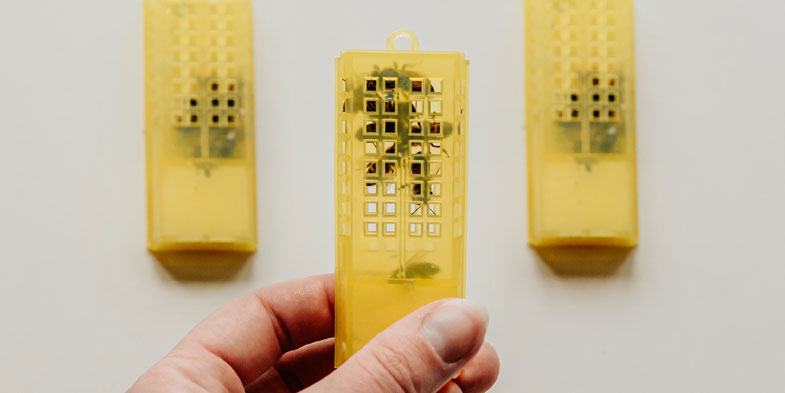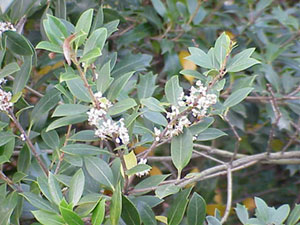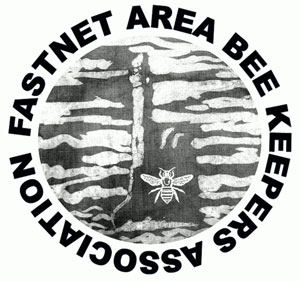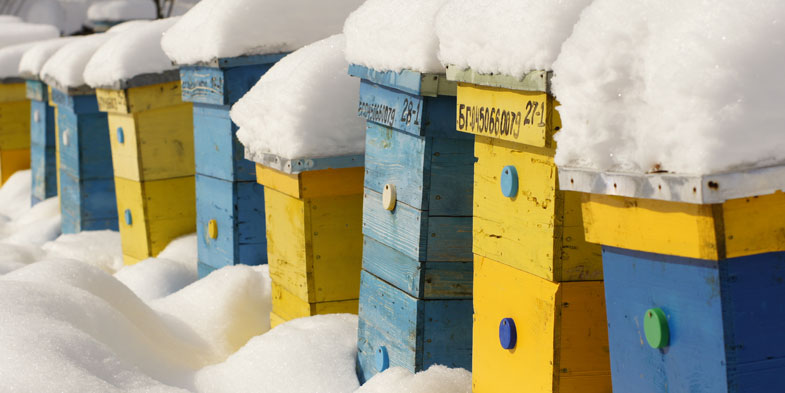Seasons Greetings, Beekepers!
Hello from FABKA and hoping both you and your bees are clustering tightly during this spell of low temperatures. I always find December to be a great month to take stock of the past year, the achievements, mistakes and revelations.
Having received many phone calls and messages from many of you throughout the beekeeping year and some who are only in the first or second year of this wonderful craft, they often mentioned a recurring worry: ‘I’m not sure the queen is there’, ‘Is my colony queen right?’
This is a genuine concern and anyone who questions it is on the path to successful beekeeping! Apologies in advance for those of you who don’t need to be ‘lectured’ about this, but given that many of our members may have only a year or two of experience, it is a recurring concern and needs to be addressed.
I’m not sure the queen is there…
When doing an apiary check, I have very many times assumed a colony was doing great. There were lots and lots of bees. They were foraging. They were building comb. I could see them bringing in all sorts of goodies. There were larvae present, but did I see either the queen or eggs?
Sometimes when you’re a little caught for time (which, of course, you should never be when you’re doing your inspections), you might convince yourself that you saw eggs when in fact you did not. The shadows could have been playing tricks on you! I could end up saying, ‘I’ll check more thoroughly next time.’ What a rock to perish on! It is so important that when you close the hive, you should know all is ok and, if it isn’t, have prepared the steps you are going to make to rectify the situation.
What signs might suggest that the colony isn’t queen-right? (i.e., has no queen or a queen who isn’t fit for purpose.)
As I said earlier, on inspection the situation might look normal, but if you don’t see the queen or eggs, you really need to question the situation.
If queenless, they might have started building queen cells because they need a replacement queen. As always, nothing in beekeeping is black or white. The queen cells could be present for several other reasons. Check these cells if you have no evidence of the presence of herself. Is there a larva in it? Is it capped? Has a queen already emerged from it? Is it just an empty play cup?

Going through all these questions should shed more light on the situation, and never forget that if you hadn’t done proper inspections up to this point, they could already have reared a new queen who has not started laying yet. Despite differing opinions, I find the colony is much more restless if the queen situation is not right. Eventually, the number of nurse and forager bees decrease.

A fascinating quirk of nature seems to be the ability of some worker bees to start laying. They cannot lay fertilized eggs but can lay unfertilized and do this as a last ditch effort to keep the species going. Their progeny are all drones. You’ll see multiple eggs in the scattered laid up cells. This is a real nuisance when it occurs.
To be sure to be sure, there is one definite method to let you know if the colony is queenless. If you don’t intervene, the colony will die. We’ve spoken about the use of a test frame many times. You simply move a frame of eggs and brood from another hive and introduce it to the colony of concern – all the more reason for a beekeeper to have at least 2 hives. Introducing this frame will help suppress the workers’ urge to start laying and it will also give the colony a fighting chance. If there is no queen present, the bees will build queen cells and select an egg(s) to rear as a queen(s). If the colony is queen-right, they will do nothing with this frame other than treat it the same as any other frame of eggs and brood. From a beekeeping perspective, and if you are satisfied with the colony you got the frame from, you can let the bees do what they do best and rear their new queen. It does mean that the beekeeper has to monitor developments, because you certainly don’t want a load of queens to emerge in and around the same time. Mayhem! You select before this happens and decide which cells to cull and which cell to keep.
You can, of course, buy a queen. Certainly, this is much less trouble, and you’re not left waiting for weeks to see if the queenless situation has been rectified. It goes without saying that you must purchase from a reputable supplier. Introducing a new queen is not always as simple as just putting her into the hive. Say a worker has started laying already: the bees think that all is ok and will kill what they perceive to be an intruder. Queens are generally introduced using a little cage where she stays until the colony accepts her. If they are happy to accept the new sovereign, they fan their wings furiously to distribute her pheromone, letting all know the situation is under control, and the colony survives.

Hopefully, those who have committed themselves to attend the queen-rearing course, commencing this coming year, will be able to provide native black prolific queens, ensuring that those who avail of them will be greatly pleased.
Another alternative is that you could combine the queenless hive with a queen-right hive. Again, this could cause pandemonium because the queenless colony has to get used to their new sovereign and accept her. I generally place the queenless brood box over a queen-right brood box and separate both with a sheet or two of newspaper. By the time they have eaten their way through this, the queen pheromone has dispersed within the two brood boxes.
I’ve told you several times about the time in my life when I was a ‘keeper’ of bees. With the emergence of varroa I had no choice but to up my game. These bees didn’t have a chance. Yes, it seemed idyllic having the 2 hives at the end of the garden, but when checking them I had no idea what I was looking for other than taking their honey. Eventually, I found out that much of my reward in beekeeping was not only spending time with them, but learning about them. The amount of information that can be accessed via different channels can be daunting, but I’ve found that every bit of information somehow helps my understanding and, in turn, helps the bees.
Beekeeping is worth the effort! They continue to teach, inspire and fascinate me to this day, and my hope for you is that you’ll experience that same joy. I’ve no doubt that some of you have already.
Plants for Bees: Osmanthus
by Elizabeth Savage

Osmanthus is a handsome evergreen shrub originally from the Far East. Its flowers are much prized by in the perfume industry but equally welcome to the home gardener. Its small white trumpets blast out fragrance as you pass. They do well in West Cork albeit slow to get started but once established are vigorous and will grow to over 2m in height and width. Osmanthus honey is much prized in China and is used in cooking and for a special wine. We use the flowers for a fragrant tea while the bees find them a good source of pollen and nectar.
Recipe: Crispy Walnut Cookies
Recipe kindly provided by Elizabeth Savage.
These are a bit of a departure for a “cookie”. They are both sweet and a little bit salty so would pair nicely with a bit of cheese. You might bake a little longer to get them crispy.
Yield: 3 dozen
1 cup whole wheat flour
½ tsp baking soda
½ tsp salt
1/3 cup butter (melted)
7 tbl honey
½ tsp vanilla extract
1 egg
1 cup walnuts (chopped)
Sift flour, soda, and salt together into a mixing bowl. Combine the butter, honey and vanilla and stir into the flour mixture. Preheat oven to 190C. Add the egg and mix into the batter and stir in the walnuts. Drop by teaspoonful and flatten on an ungreased baking tray. Bake about 10 minutes until lightly browned. Transfer to racks to cool.
2023 Membership Fees
As the year draws to an end, so too does your membership with us here at FABKA, with the end date being the 31st of December 2022. We hope to see each of you again for the coming year 2023. If you do plan on renewing, can you please do so before January 1st, 2023 via the below link:
https://fastnetareabeekeepersassociation.net/shop/fabka-membership/
AGM & Thanks
Our final AGM gathering was held in Ballydehob in November and was well attended. A special thank you to Noel Barry and Mark Newenham for sharing their knowledge with us. Eleanor Fitzgerald won the best jar of honey after entering it into our very first honey show. Congratulations Eleanor and very well done, given the high standard of the other exhibits! John Peacock won the nuc of bees which was the first prize in our raffle. I hope you enjoy them, John, and they you. The main item on the night’s itinerary was our AGM and now is a perfect time to say thanks to you all for all the good work you’ve all done for the benefit of FABKA.
Mary Downey, who has been with FABKA from the start, has handed the treasurer baton to Michael Cook, and taken on the apiary manager tasks instead. Thanks so much Mary and thank you Michael for accepting this important treasurer task. I handed over the chair to Michael Love, who in turn handed the secretarial position to Amanda O’Donovan. Thanks Mike for the endless hours put in behind the scenes. Amanda, I have no doubt, will bring new ideas and commitment to our group. Thanks for your acceptance also. The work done by Katie West, our talented web master, who thankfully agreed to stay on as our media communicator. A very big thank you, Katie. I myself will continue with training and the education part.
We are so lucky to have so many talented and helpful members in FABKA and long may it last. No doubt we will be looking for your continued support as we progress and thanks to each and every one of you who have contributed and supported our enthusiastic association!
Additionally, we have been informed by FIBKA that the old An Beachaire magazine format will be likely to change to a digitalized version available on their website beginning in February 2023. We will inform you further when we ourselves know more.
We at FABKA would like to take this opportunity to wish you and your families all a very happy Christmas and in 2023 we look forward to spending time with you throughout the year!
Beir bua agus beannacht (kind regards),
Mairead Love & the team at FABKA
The Bee Carol Silently on Christmas Eve, the turn of midnight’s key; all the garden locked in ice- a silver freeze- except the winter cluster of bees. – Carol Ann Duffy

